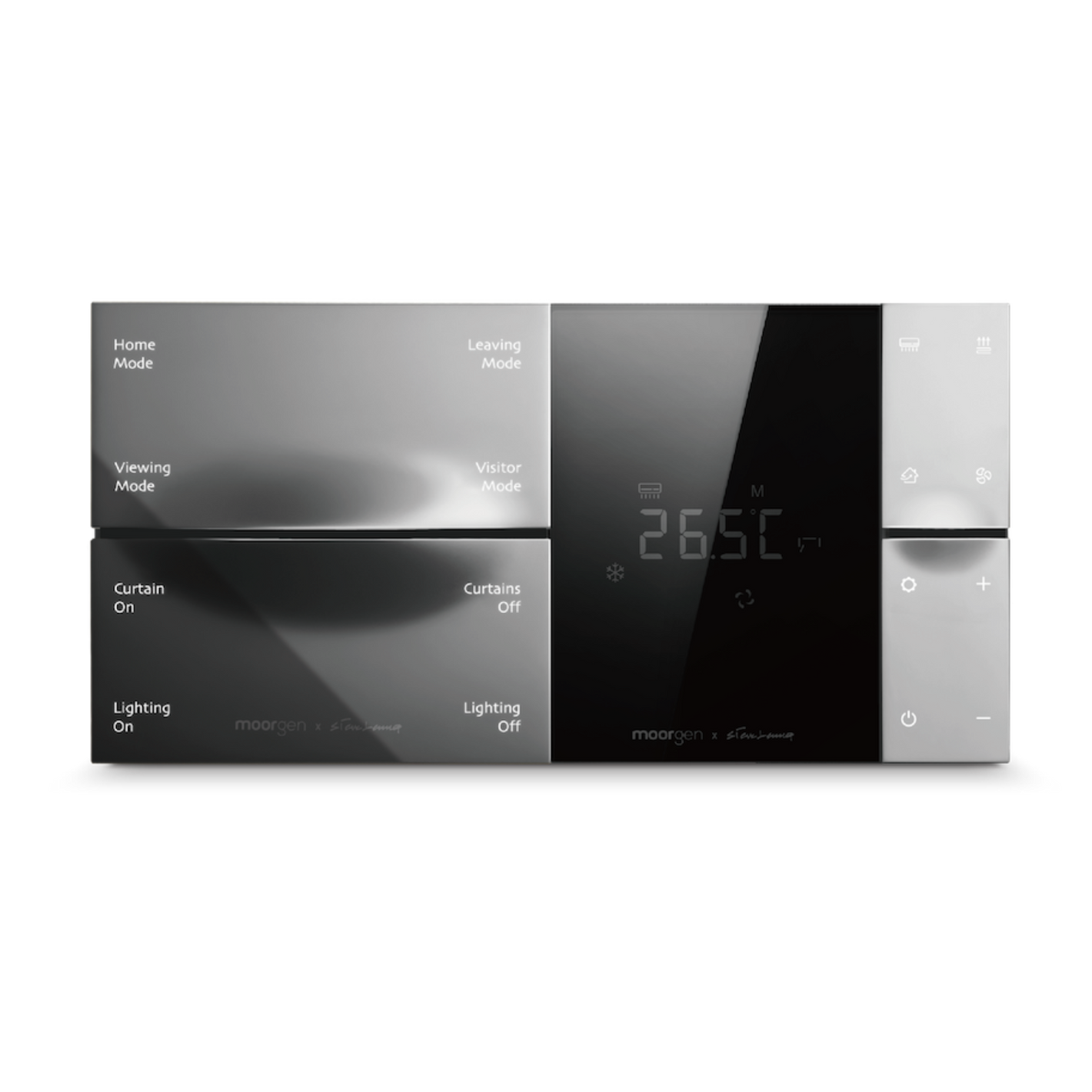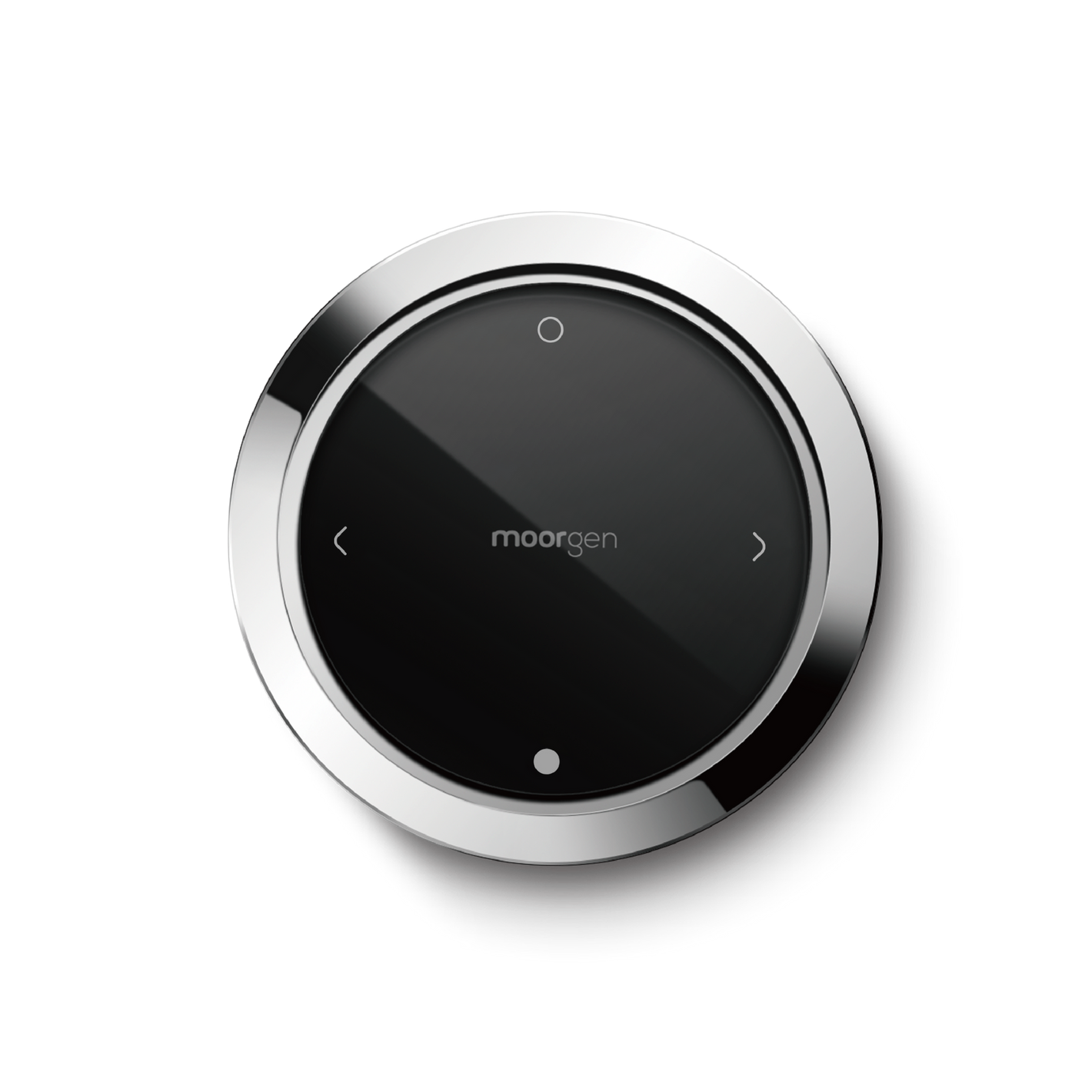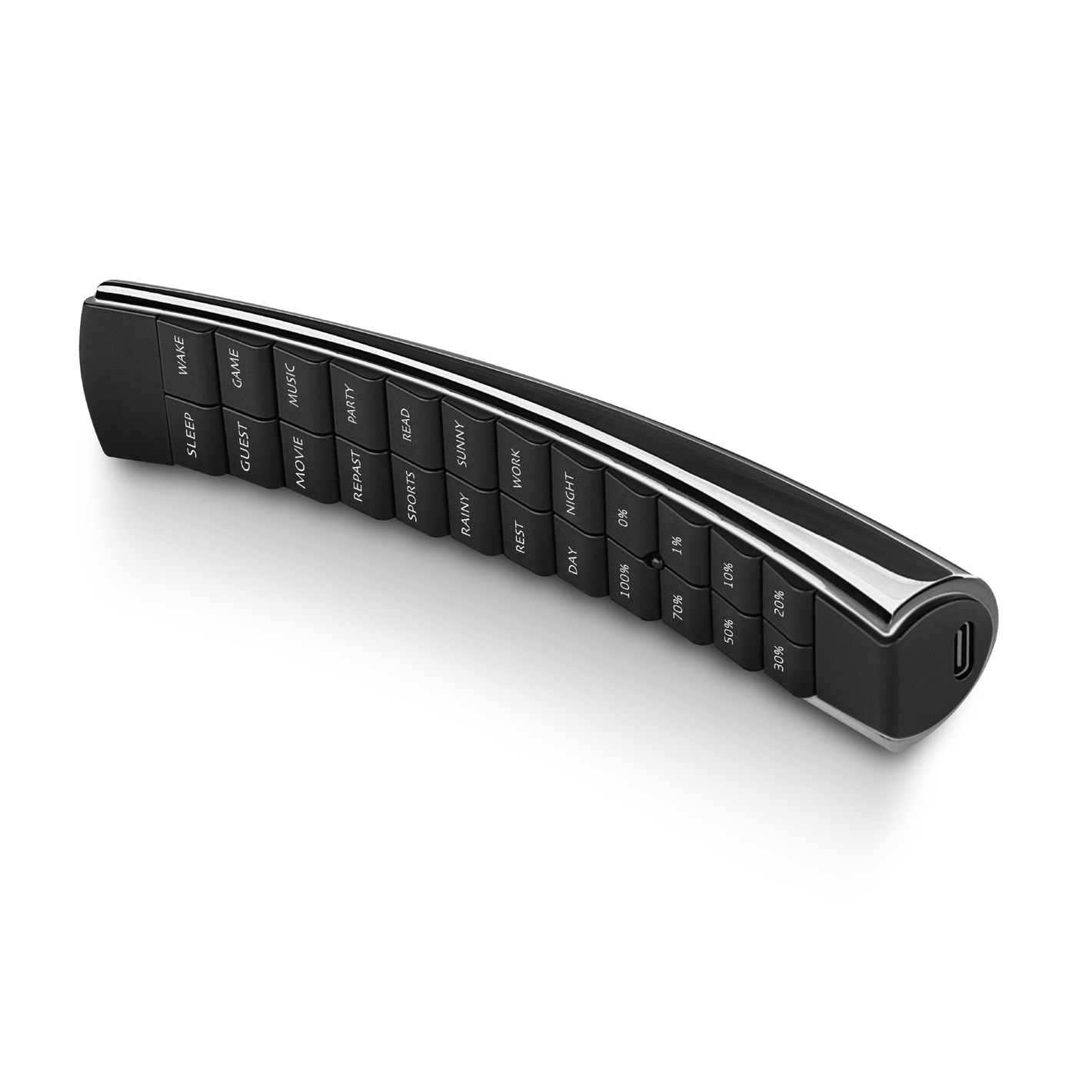Smart Toilets - Instant Heating or Storage Heating? Pros and Cons of Different Types
Anyone who's used a toilet in Japan knows the comfort a smart toilet can bring. Many people wish to have one at home in Hong Kong to elevate their living quality. There are various types of smart toilets, each with unique features. Let's explore which type might be the best fit for your home.
Key Highlights:
- Smart Toilets: Heating Methods
- Smart Toilets: Flushing Methods
- Smart Toilets: Tank Design
- Which Smart Toilet is Right for Me?
Smart Toilets: Heating Methods
Smart toilets feel warm to sit on thanks to their heating function. Besides ergonomic design and antibacterial materials, an ideal smart toilet should allow users to adjust the temperature according to their preferences and the climate. The temperature can range from room temperature to around 40°C, ensuring comfort even on the coldest winter days. The heating methods can be broadly classified into instant heating and storage heating.
Instant Heating
Instant heating smart toilets use built-in components to heat the seat immediately. These components are usually installed under the toilet seat and can quickly and evenly heat the surface. When a user sits down, the heating function activates instantly. Typically, these toilets come with temperature sensors and control systems, allowing users to adjust the seat temperature via a control panel or remote.
Advantages of Instant Heating:
- Instant heating eliminates waiting time, providing immediate warmth as needed. This also conserves energy by heating only when necessary, reducing electricity costs.
- These toilets often feature multiple temperature settings, enabling personalized comfort.
Disadvantages of Instant Heating:
- The heating elements in instant heating toilets are more complex, making installation and repairs potentially more expensive.
- The multifunctional design can make operation a bit complicated.
Storage Heating
Storage heating smart toilets work by repeatedly heating stored materials. Unlike instant heating, these toilets use components like heating plates or tubes to heat materials such as ceramic blocks or carbon fiber. When a user sits down, the stored materials release heat, keeping the seat warm.
Advantages of Storage Heating:
- Provides continuous warmth, maintaining a stable seat temperature, which can be more comfortable.
Disadvantages of Storage Heating:
- Limited by the storage capacity, requiring a few minutes to reheat after each use. This can be less flexible.
- Constant reheating to maintain temperature can consume more electricity, potentially leading to limescale buildup and hygiene issues.
Smart Toilets: Flushing Methods
After use, waste needs to be flushed away. Modern toilets come with automatic flushing features, which can be categorized into direct flush and siphon flush.
Direct Flush
Direct flush systems use compressed air and water flow to push waste out. This system has a simpler, shorter pipe design.
Advantages of Direct Flush:
- Direct and quick flushing, simple operation, and easier cleaning and maintenance.
Disadvantages of Direct Flush:
- Higher water consumption and noise during flushing due to reliance on compressed air.
- Requires extra space for the air compression system, making it less suitable for small bathrooms.
Siphon Flush
Siphon flush systems are the mainstream choice, utilizing an S-shaped pipe design. It combines water flow with suction to remove waste without relying solely on water pressure.
Advantages of Siphon Flush:
- Efficient use of water, quieter operation, and better odor prevention due to the S-shaped trap design.
Disadvantages of Siphon Flush:
- The S-shaped pipe can retain waste, necessitating frequent cleaning and potentially harboring bacteria.
Smart Toilets: Tank Design
Smart toilets can either have a tank or be tankless, with features to adjust water usage according to flushing needs.
With Tank
Traditional design where a tank stores a fixed amount of water for flushing.
Advantages of With Tank:
- Ensures thorough cleaning with stable and even water pressure. Hidden tank designs are available for aesthetic purposes.
- Simple structure makes maintenance and repair easier, contributing to durability.
Disadvantages of With Tank:
- External tanks can take up space, unsuitable for smaller bathrooms. Internal tanks can face water pressure issues during peak times, so a built-in pump is recommended.
Tankless
These toilets use direct water supply from the building's plumbing.
Advantages of Tankless:
- Space-saving design, ideal for smaller bathrooms. More hygienic with less bacterial growth.
Disadvantages of Tankless:
- Dependent on stable water pressure; may need an additional pump. Installation is more complex, requiring professional assistance.
Which Smart Toilet is Right for Me?
When choosing a smart toilet, consider the heating and flushing methods, tank presence, waterproof rating, anti-leak technology, night lights, drying, deodorizing, and automatic lid sensors. Some models even include AI features for monitoring health metrics. More functions typically mean higher prices, so balance your needs and budget.
For a deeper understanding of smart toilet selection, refer to: [Smart Toilet Buying Guide]
After reading this Moorgenzine article, you should have a better grasp of the different smart toilet types. If you have any questions, feel free to contact Moorgen. To experience the benefits of smart home products firsthand, visit Moorgen's showroom in North Point, Hong Kong, and discover true smart living.
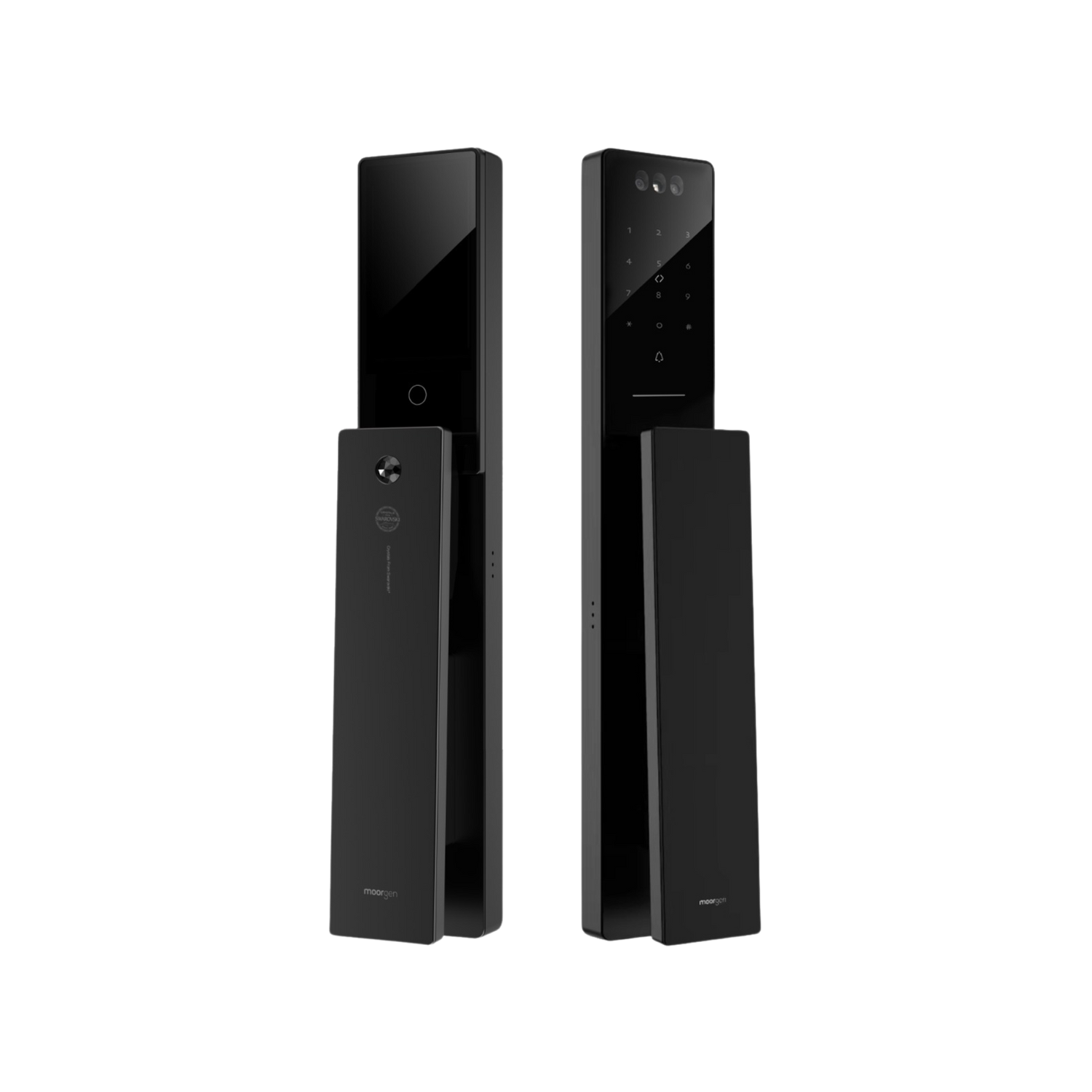


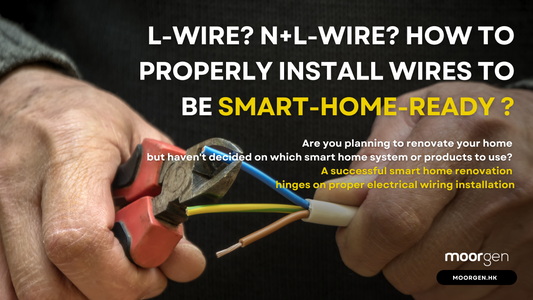

![[Smart Living] How to Choose a Smart Power Strip? Swift Transform Your Home into a Smart Home!](http://moorgen.hk/cdn/shop/articles/blog_cover_moorgen_how_to_choose_smart_power_strip.png?v=1728137093&width=533)
![[Smart Living] How to Choose LED Bulbs? Which Ones Are the Most Energy-Efficient?](http://moorgen.hk/cdn/shop/articles/blog_cover_moorgen_how_to_choose_led_bulbs.png?v=1728136975&width=533)
![[Smart Living] How to Choose an Instant Hot Water Dispenser and Use It Efficiently?](http://moorgen.hk/cdn/shop/articles/blog_cover_moorgen_how_to_choose_instant_hot_water_dispenser.png?v=1728136837&width=533)
![[Smart Living] 5 Energy-Saving Tips for Electric Kettles](http://moorgen.hk/cdn/shop/articles/blog_cover_moorgen_energy_saving_tips_electric_kettles.png?v=1728136710&width=533)
